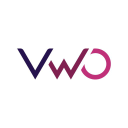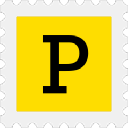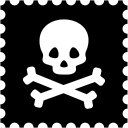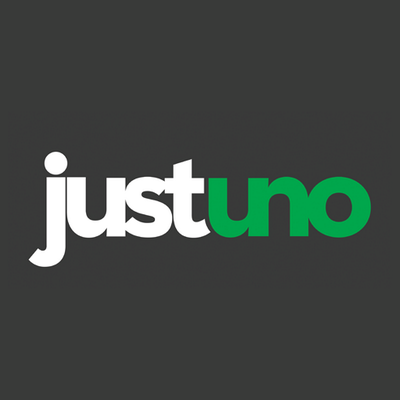How I Run A $18K/Month Interaction Design Consultancy
Hello! Who are you and what business did you start?
Howdy! I’m Nick Disabato, although everybody calls me nickd. I run Draft, a small interaction design consultancy. The business exists as a loose framework for supporting deep practice, slow work, and a broader consideration of what it means to design right now.
We are probably most known in the industry for writing evergreen, influential books on design & technology, especially Cadence & Slang and Value-Based Design. But in practice, these things are fueled by occasional client work of a consultative nature. We work exclusively with executives to co-create strategy and practice a form of design that we believe is more purely connected with the fundamental needs of their businesses.
Right now, we work with Shopify Plus stores to research customers, plan fixes, and craft & execute experiments that generate outsize profit. We also get paid to blather about everything that’s busted with your...
Download the report and join our email newsletter packed with business ideas and money-making opportunities, backed by real-life case studies. Download the report and join our email newsletter packed with business ideas and money-making opportunities, backed by real-life case studies. Download the report and join our email newsletter packed with business ideas and money-making opportunities, backed by real-life case studies. Download the report and join our email newsletter packed with business ideas and money-making opportunities, backed by real-life case studies. Download the report and join our email newsletter packed with business ideas and money-making opportunities, backed by real-life case studies. Download the report and join our email newsletter packed with business ideas and money-making opportunities, backed by real-life case studies. Download the report and join our email newsletter packed with business ideas and money-making opportunities, backed by real-life case studies. Download the report and join our email newsletter packed with business ideas and money-making opportunities, backed by real-life case studies.































